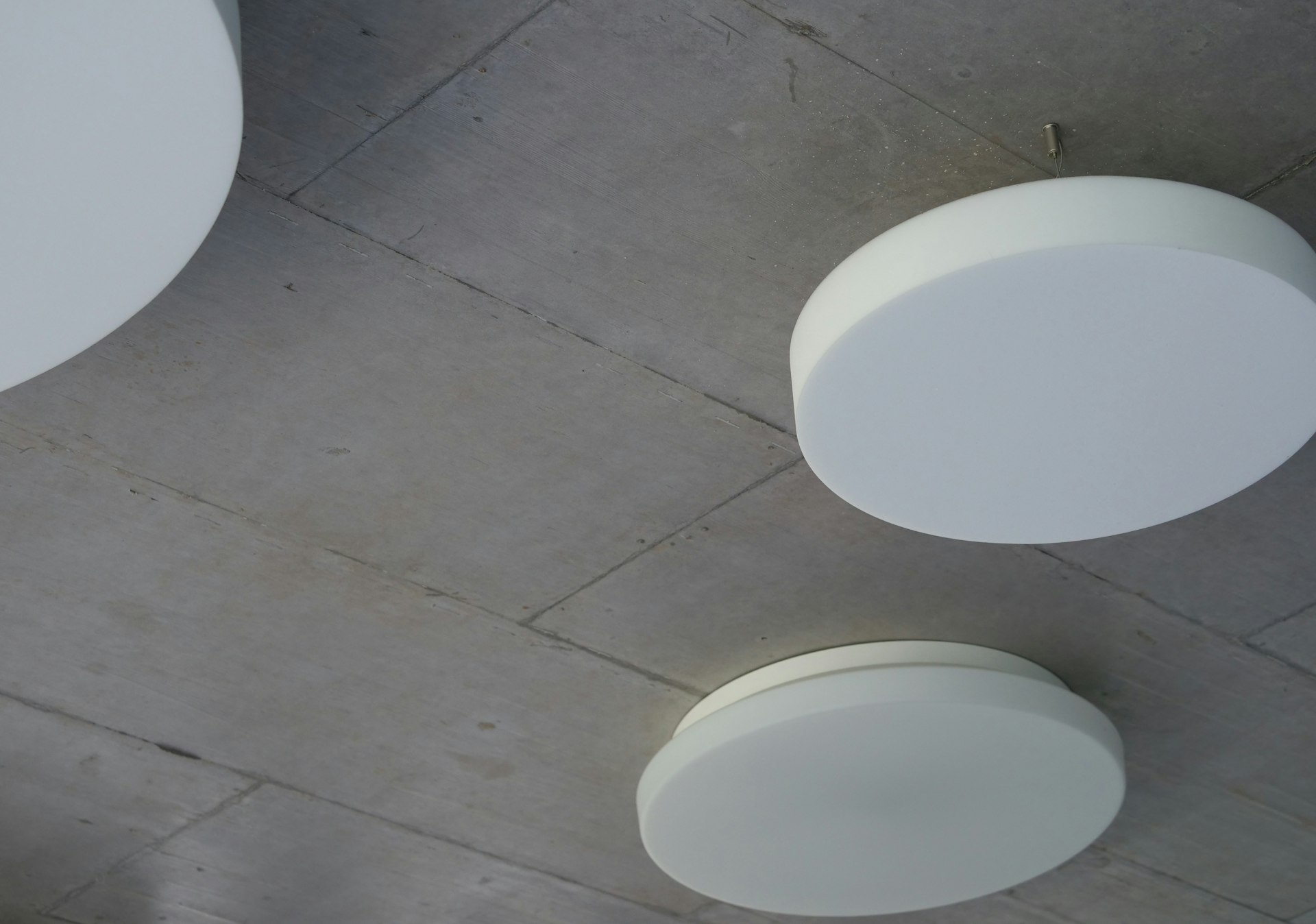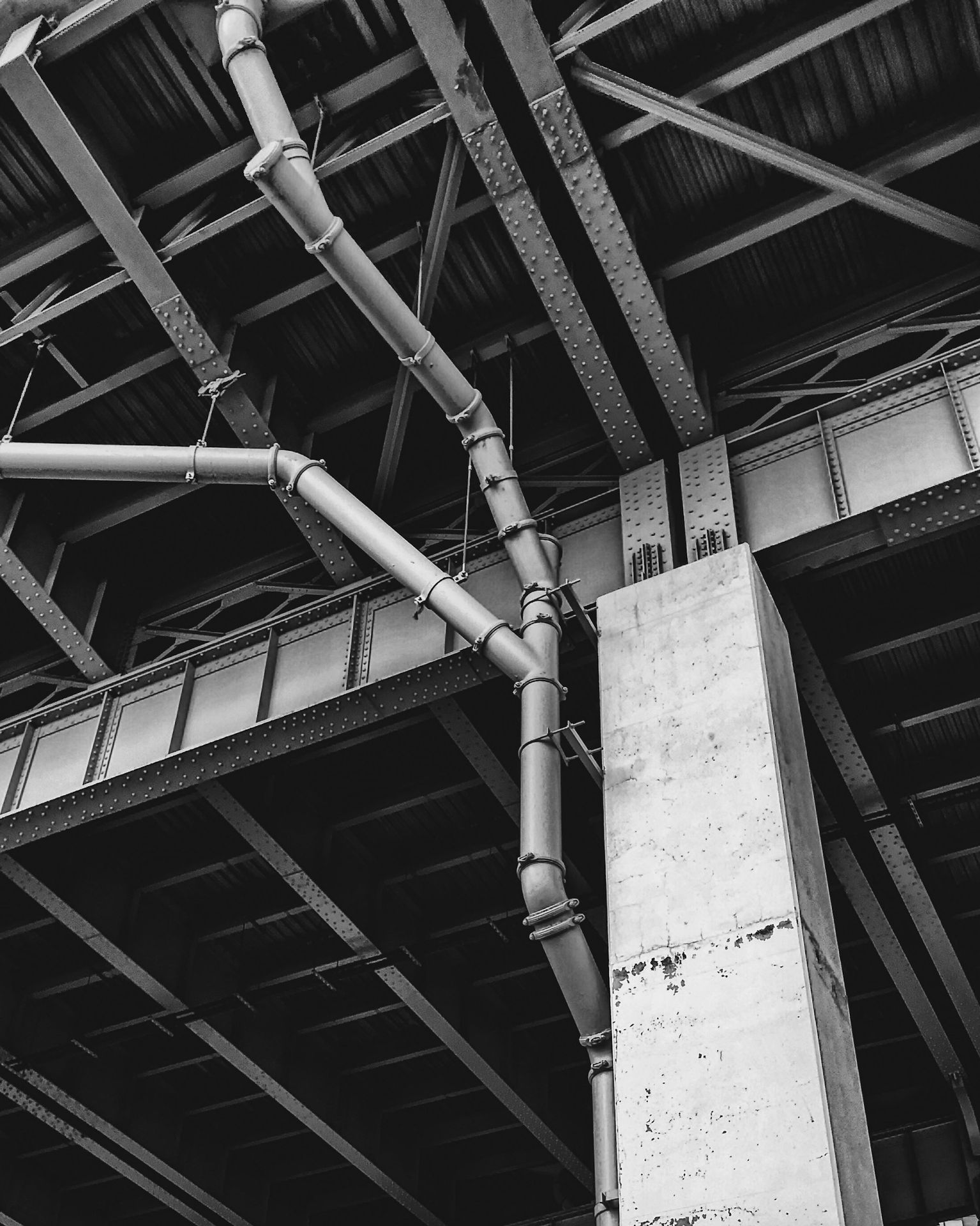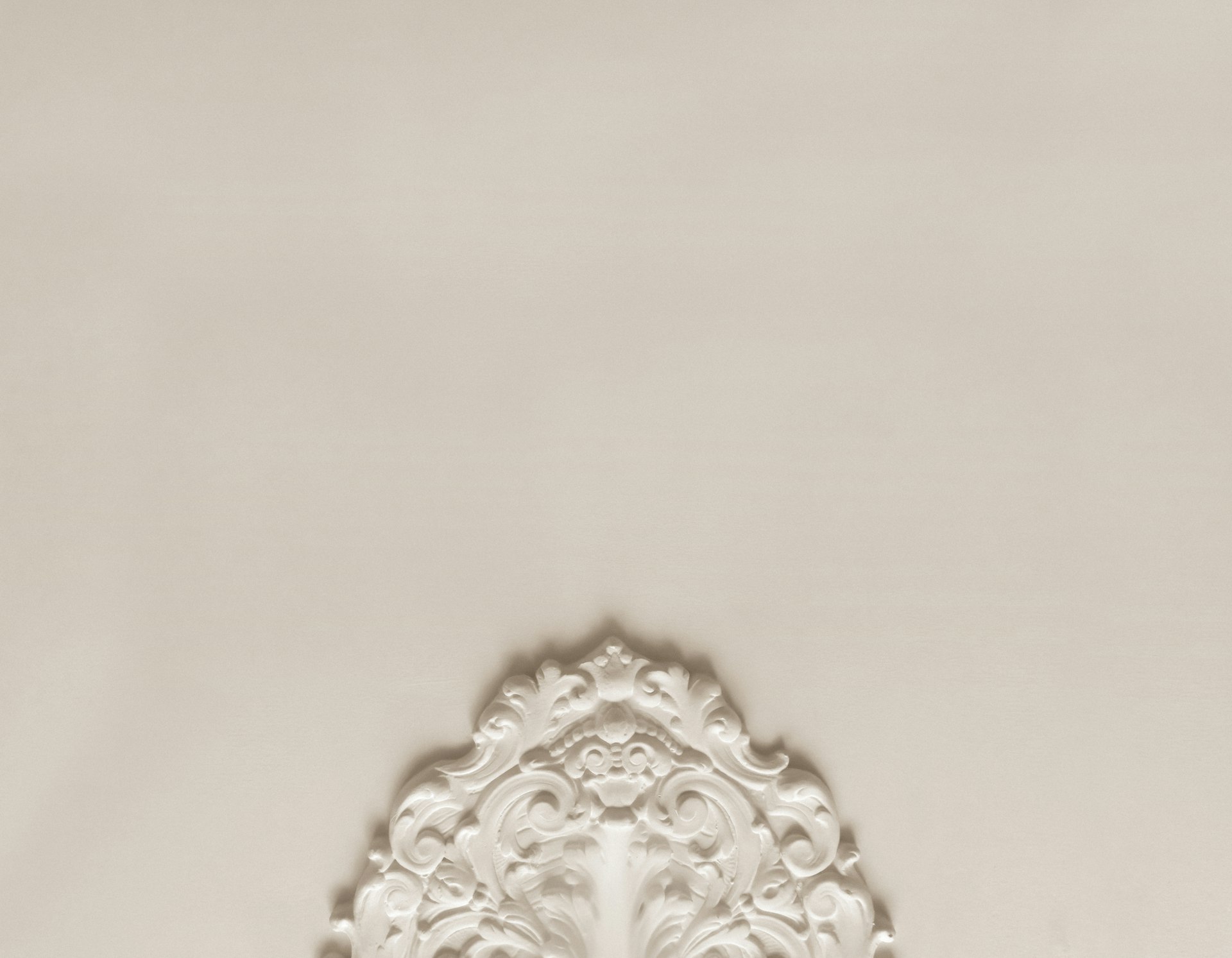Types of Ceilings and Waterproofing Challenges
Ceilings come in various materials such as concrete, metal, wood, and others, each presenting unique waterproofing challenges. Understanding these differences is crucial for effectively addressing waterproofing needs and ensuring the longevity of the building. In this article, we will explore the different types of ceilings and the specific waterproofing challenges associated with each.
Concrete Ceilings
Waterproofing Challenge - Concrete ceilings are prone to cracking over time due to structural movement, temperature changes, and settling. These cracks can allow water infiltration, leading to leaks, dampness, and mold growth. Additionally, concrete surfaces are porous, making them susceptible to water absorption and subsequent damage.
Solution - To waterproof concrete ceilings, it is essential to fill and seal any cracks with appropriate sealants or waterproofing compounds. Applying a waterproof coating or membrane over the concrete surface can provide an additional layer of protection against water ingress.

Metal Ceilings
Waterproofing Challenge - Metal ceilings, commonly found in industrial and commercial buildings, are susceptible to corrosion and rust when exposed to moisture. Condensation can also form on metal surfaces, leading to water accumulation and potential leaks.
Solution - Waterproofing metal ceilings involves applying corrosion-resistant coatings or paints to protect the metal from moisture and prevent rust formation. Proper insulation and ventilation can help reduce condensation and minimize water-related issues.

Wood Ceilings
Waterproofing Challenge - Wood ceilings are vulnerable to water damage, warping, and rotting when exposed to moisture. Humidity fluctuations can cause wood to expand and contract, leading to cracks and gaps where water can seep through.
Solution - Waterproofing wood ceilings requires sealing the wood with a suitable sealant or varnish to create a protective barrier against moisture. Regular maintenance, such as resealing and repainting, is essential to preserve the integrity of the wood and prevent water-related damage.

Other Types of Ceilings
Waterproofing Challenge - Other types of ceilings, such as gypsum board or suspended ceilings, also have their unique waterproofing challenges. Gypsum board ceilings can be damaged by water leaks, while suspended ceilings may hide water infiltration issues until significant damage has occurred.
Solution - Waterproofing gypsum board ceilings involves using moisture-resistant gypsum board or applying waterproof coatings to prevent water damage. Regular inspection of suspended ceilings for signs of water stains or sagging can help detect leaks early and prevent extensive damage.

In conclusion, understanding the specific waterproofing challenges associated with different types of ceilings is essential for implementing effective waterproofing solutions. By addressing these challenges proactively and using appropriate waterproofing products and techniques, you can protect your ceilings from water damage, prolong their lifespan, and maintain a safe and healthy indoor environment.